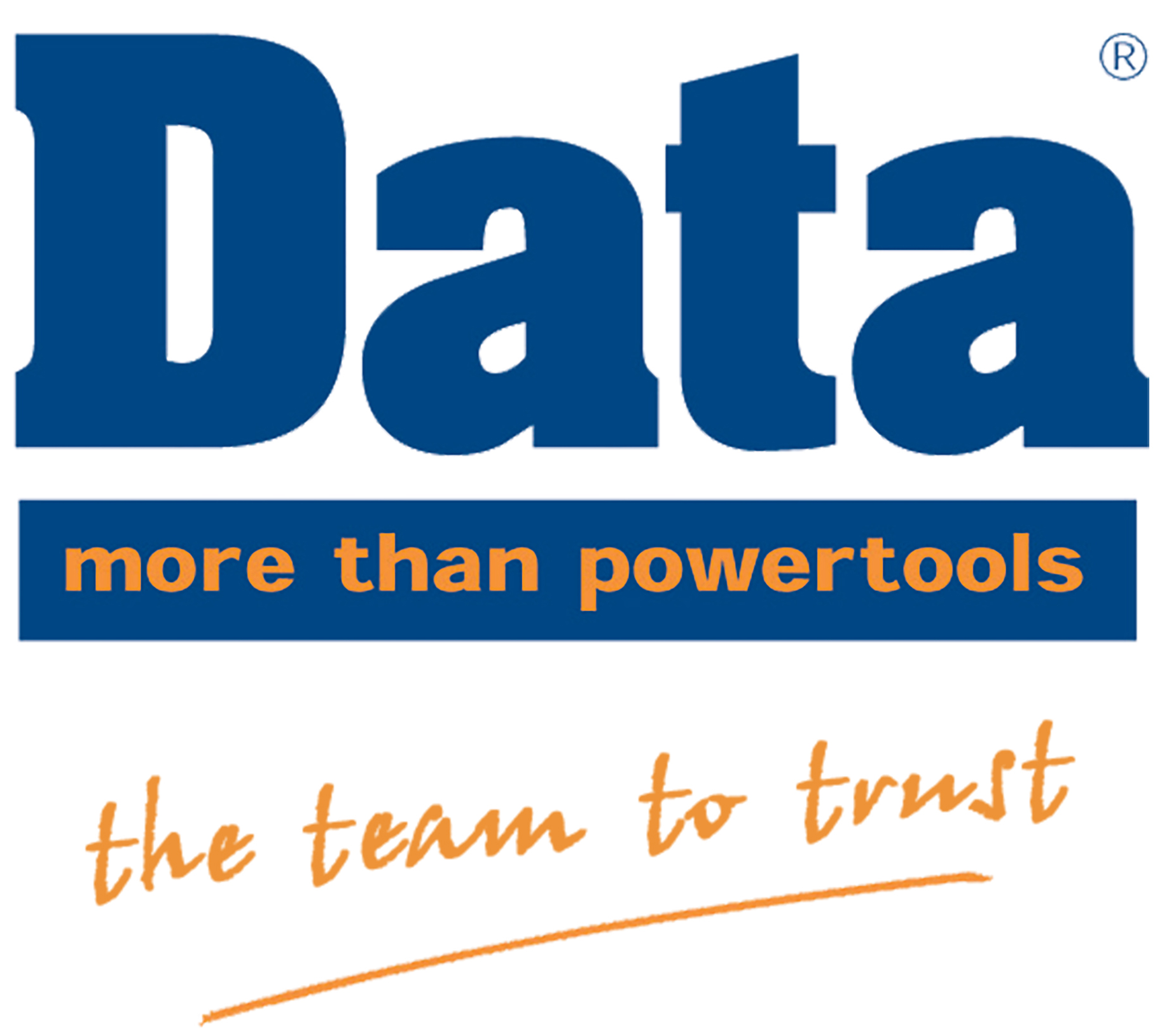The Evolution of Tool Safety Features From Basics to High-Tech
After more than thirty-five years of swinging hammers and drilling into just about everything that can be drilled into, I've witnessed firsthand the remarkable journey of power tools. From the good ol' days of straightforward, manual tools to today’s smart gadgets brimming with tech, the evolution has been nothing short of revolutionary—especially when it comes to safety features. Let’s delve deeper into how these developments have transformed our trusty tools from potential hazards to guardians of the job site.
Early Safety Features in Power Tools
Rewind a few decades, and you’d find that power tools were simpler but riskier. Early safety features were pretty basic—think sturdy grips and rudimentary blade guards that were more about avoiding lawsuits than actually keeping anyone safe. But as more hands got busy at work and the number of accidents started ticking up, the industry realized something had to change. The introduction of regulations and safety standards began to shape better practices, nudging manufacturers to embed safety into the design of every tool that rolled off the assembly line.
Technological Advancements in Tool Safety
Fast forward to today, and the landscape is different. Here’s a closer look at the high-tech safety features that are becoming standard fare:
- Electronic Brake Systems: These are lifesavers, literally. A saw blade that stops within seconds of the trigger being released can be the difference between a close call and a trip to the emergency room.
- Auto-stop Features: There’s nothing like a sudden kickback to ruin your day. Modern sensors can detect when a tool is bound or jammed and immediately cut power, drastically reducing the risk of injury.
- Anti-kickback Technology: Especially vital for powerful tools like circular saws, this technology prevents the tool from lurching backwards toward the user if it hits an unexpected snag.
- Sensor-Enhanced Safety Features: Modern tools now incorporate sensors that detect environmental factors and adjust the tool operations accordingly. This level of adaptability enhances safety by ensuring the tools operate optimally under varying conditions.
- Connectivity and Remote Monitoring: Tools that communicate their status to a central system allow for remote monitoring, which means potential issues can be identified and addressed without needing to be physically at the site.
Ergonomics and User Safety
It’s not all about flashy tech, though. The way a tool fits in your hand, its weight, the placement of controls—all these factors influence safety too. Ergonomic designs help prevent fatigue, which means fewer mistakes and accidents. Tools today are designed to feel like extensions of the hand, with vibrations dampened and controls easily reachable, ensuring they’re comfortable and safe even during a long day’s graft.
- Advanced Material Use: Tools are now lighter, thanks to modern materials that reduce strain without compromising durability.
- Intuitive Design Features: Tools are smarter, with features that prevent accidental starts and allow for easier and safer operation.
Smart Tools and IoT in Enhancing Safety
Now, let’s talk about smart tools. Equipped with IoT technology, these tools can communicate with other devices on-site to enhance safety through collective intelligence. For example, connected tools can send alerts if they're being used inappropriately or if maintenance is overdue.
- Automated Alerts and Notifications: Keep everyone on-site informed about tool conditions and operational advice.
- Integration with Wearables: Some tools work in conjunction with wearable devices to ensure that they operate safely, shutting down if risky behaviour is detected.
The Role of Training and Awareness
With great power comes great responsibility—especially true for powerful tools. The most advanced tool on the market can still be dangerous if used improperly. Ongoing training and staying updated with new safety features are crucial for every tradesperson. Employers and trainers need to ensure that everyone’s up to speed, not only to meet legal requirements but to keep job sites safe.
Future Trends in Tool Safety
The future’s bright, with tool safety set to get even smarter. Advances in AI and machine learning could soon allow tools to predict and prevent hazardous situations automatically.
- Virtual Reality (VR) and Augmented Reality (AR) Training: These technologies will enable safer and more effective training environments.
- Predictive Analytics: This technology will enhance the predictive maintenance capabilities of tools, foreseeing problems before they occur.
As you explore the cutting-edge advancements in tool safety features, remember that personal protective equipment (PPE) plays a crucial role in ensuring your safety on the job.
At Data Powertools, we are committed to your well-being, which is why we offer a comprehensive range of Safety & Workwear designed to keep you protected while you work. From high-visibility jackets to robust safety footwear and protective gloves, our selection is tailored to meet the needs of various industries, ensuring that you remain safe from potential hazards.
Each item in our collection is sourced from trusted brands renowned for their commitment to quality and safety standards. We understand that comfort is just as important as protection, which is why our Safety & Workwear products are designed to provide maximum protection without compromising on comfort and mobility.
Whether you’re working on a construction site, in a workshop, or handling heavy machinery, Data Powertools has the right gear to ensure you can perform your job safely and efficiently.
Visit our Safety & Workwear section to browse our full range of products and find the perfect gear to complement the high-tech tools that keep your workplace safe. Invest in your safety today and experience the peace of mind that comes with wearing dependable, high-quality protective equipment
Summary
From their humble beginnings to the high-tech powerhouses they are today, the evolution of tool safety features is a testament to the industry’s commitment to keeping workers safe. As technology continues to advance, we can only expect our tools to become safer, smarter, and more intuitive. It’s a thrilling time to be in the trades, and I, for one, can’t wait to see what’s next. With IoT, the sky’s the limit, and we’re just getting started on making job sites safer than ever before.
FAQ’s About Tool Safety Features
Q1: What are electronic brake systems in power tools?
A1: Electronic brake systems are designed to rapidly stop the motion of a power tool, such as a saw blade or drill bit, almost immediately after the trigger is released. This quick action significantly reduces the risk of accidental cuts or injuries after the tool is deactivated.
Q2: How do auto-stop features enhance safety in power tools?
A2: Auto-stop features detect when a tool is under excessive strain or jammed, and automatically shut off power to prevent kickback injuries. This feature is essential for maintaining control and safety, particularly in high-torque tools like circular saws and grinders.
Q3: What is anti-kickback technology, and why is it important?
A3: Anti-kickback technology prevents power tools from jerking back towards the user if they hit an obstruction. This is particularly crucial for tools that involve cutting or grinding, as it helps maintain stability and control, reducing the risk of accidents.
Q4: Can ergonomic designs in tools prevent injuries?
A4: Yes, ergonomic designs in tools can significantly reduce the risk of strain and fatigue-related injuries. By improving the handle design, balance, and weight distribution of tools, manufacturers help ensure that tools can be used more comfortably and safely over prolonged periods.
Q5: What role does IoT technology play in tool safety?
A5: IoT technology enhances tool safety by enabling tools to communicate with each other and with monitoring systems. This connectivity allows for real-time tracking of tool conditions, automated maintenance alerts, and immediate shutdown in hazardous situations, greatly increasing the safety and efficiency of tool operations.
Q6: How has predictive maintenance changed tool safety and operation?
A6: Predictive maintenance uses data collected from tools to predict when a tool may fail or require maintenance. This proactive approach ensures that tools are serviced before they break down, minimizing downtime and extending the tool's lifespan while preventing potential accidents caused by tool failure.





